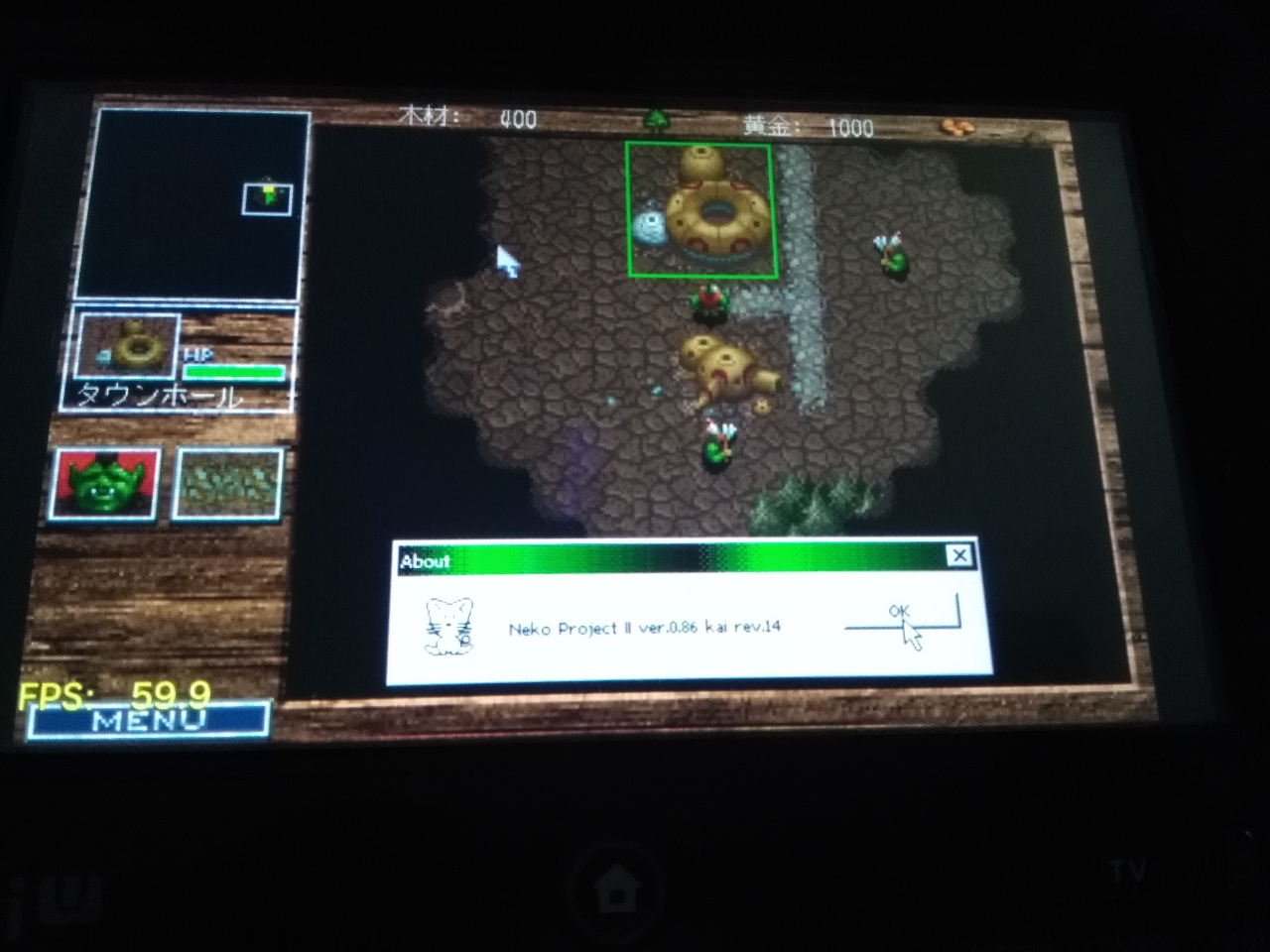

Disconnect the Vita from your PC and install RetroArch’s VPK which you just copied.If you want a custom wallpaper, the instructions are below.Extract ‘RetroArch_data.7z’ and copy the ‘retroarch’ folder into ux0:/data.Copy RetroArch’s VPK (RetroArch.vpk) to any directory you please.

Open VitaShell and connect your PSVita via USB ( you can do it via FTP but copying the data files might take 20-30 minutes as they’re composed of a lot of small files).Obviously, your PSVita must be in hacked mode so run HENkaku/h-encore/Trinity before you start unless you use HENkaku Enso.I personally think that ‘minimalist’ wallpapers look the bestĪfter you download the above, you can grab your PSVita and do the following in order to install what you just downloaded: Optional – A wallpaper of your choice to make the interface look even better.This contains the stuff that will make RetroArch look great including fonts, menu icons, themes, audio/video filters and much more.These screens are: 6x Res, 4x SSAA, True Color Rendering On, PGXP On.If you just install RetroArch’s VPK without the data files and the configuration below, it won’t look pretty Geometry Correction works fine with them. I did see a few ground texture problems in MM Legends 1, Crash 3 and the Spyro games, but I only had to disable Texture Correction on those to fix them. Anything really noticeable has also been there at native res. I've been impressed with how few visual artifacts are added when upscaling in Duck/Swanstation. Playing around with the d3d11 renderer, I might be coming around to how 3D PS1 games look with some enhancements enabled. The Display Active offsets are for padding or cropping the image from the sides. I haven't tried runahead, but it should work the same as in stand alone Duckstation in theory. A few new core options were added: runahead and Display Active Start/End offsets. Fast alt tabbing, fullscreen Gsync, Windows volume overlay is visible, launching and closing the app is seamless, ect.Īlso, the Swanstation core was just synced up with upstream Duckstation. Flip mode has all the benefits of exclusive and borderless windowed in one. I've been using the d3d11 video driver lately, since I found out it uses flip mode fullscreen as of 1.9.1.


 0 kommentar(er)
0 kommentar(er)
